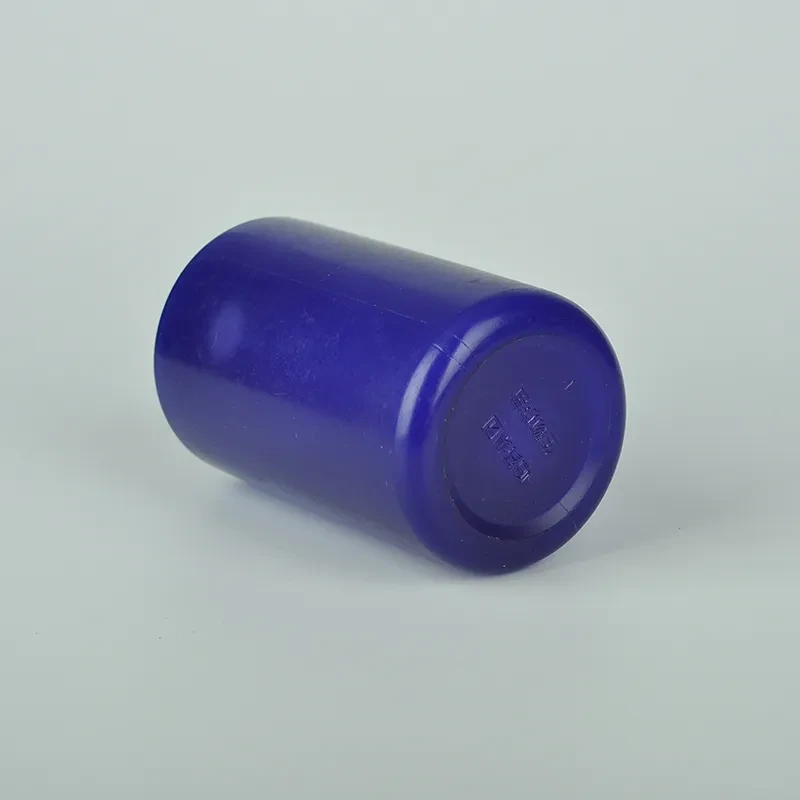
-
 Afrikaans
Afrikaans -
 Albanian
Albanian -
 Amharic
Amharic -
 Arabic
Arabic -
 Armenian
Armenian -
 Azerbaijani
Azerbaijani -
 Basque
Basque -
 Belarusian
Belarusian -
 Bengali
Bengali -
 Bosnian
Bosnian -
 Bulgarian
Bulgarian -
 Catalan
Catalan -
 Cebuano
Cebuano -
 Corsican
Corsican -
 Croatian
Croatian -
 Czech
Czech -
 Danish
Danish -
 Dutch
Dutch -
 English
English -
 Esperanto
Esperanto -
 Estonian
Estonian -
 Finnish
Finnish -
 French
French -
 Frisian
Frisian -
 Galician
Galician -
 Georgian
Georgian -
 German
German -
 Greek
Greek -
 Gujarati
Gujarati -
 Haitian Creole
Haitian Creole -
 hausa
hausa -
 hawaiian
hawaiian -
 Hebrew
Hebrew -
 Hindi
Hindi -
 Miao
Miao -
 Hungarian
Hungarian -
 Icelandic
Icelandic -
 igbo
igbo -
 Indonesian
Indonesian -
 irish
irish -
 Italian
Italian -
 Japanese
Japanese -
 Javanese
Javanese -
 Kannada
Kannada -
 kazakh
kazakh -
 Khmer
Khmer -
 Rwandese
Rwandese -
 Korean
Korean -
 Kurdish
Kurdish -
 Kyrgyz
Kyrgyz -
 Lao
Lao -
 Latin
Latin -
 Latvian
Latvian -
 Lithuanian
Lithuanian -
 Luxembourgish
Luxembourgish -
 Macedonian
Macedonian -
 Malgashi
Malgashi -
 Malay
Malay -
 Malayalam
Malayalam -
 Maltese
Maltese -
 Maori
Maori -
 Marathi
Marathi -
 Mongolian
Mongolian -
 Myanmar
Myanmar -
 Nepali
Nepali -
 Norwegian
Norwegian -
 Norwegian
Norwegian -
 Occitan
Occitan -
 Pashto
Pashto -
 Persian
Persian -
 Polish
Polish -
 Portuguese
Portuguese -
 Punjabi
Punjabi -
 Romanian
Romanian -
 Russian
Russian -
 Samoan
Samoan -
 Scottish Gaelic
Scottish Gaelic -
 Serbian
Serbian -
 Sesotho
Sesotho -
 Shona
Shona -
 Sindhi
Sindhi -
 Sinhala
Sinhala -
 Slovak
Slovak -
 Slovenian
Slovenian -
 Somali
Somali -
 Spanish
Spanish -
 Sundanese
Sundanese -
 Swahili
Swahili -
 Swedish
Swedish -
 Tagalog
Tagalog -
 Tajik
Tajik -
 Tamil
Tamil -
 Tatar
Tatar -
 Telugu
Telugu -
 Thai
Thai -
 Turkish
Turkish -
 Turkmen
Turkmen -
 Ukrainian
Ukrainian -
 Urdu
Urdu -
 Uighur
Uighur -
 Uzbek
Uzbek -
 Vietnamese
Vietnamese -
 Welsh
Welsh -
 Bantu
Bantu -
 Yiddish
Yiddish -
 Yoruba
Yoruba -
 Zulu
Zulu
what is a nutrient agar plate
Understanding Nutrient Agar Plates A Vital Tool in Microbiology
Nutrient agar plates are an essential component of microbiological research and laboratory practices. These plates are used to cultivate a wide variety of microorganisms such as bacteria, fungi, and other unicellular organisms. The significance of nutrient agar lies in its ability to provide a rich medium that supports the growth of these organisms, making it a staple in both educational and industrial settings.
Understanding Nutrient Agar Plates A Vital Tool in Microbiology
The creation of nutrient agar plates involves several steps. First, the nutrient agar medium is prepared by dissolving the agar powder in boiling water. Once the solution cools to around 50 degrees Celsius, it is poured into sterile Petri dishes and allowed to solidify. These plates can then be inoculated with samples from various environments, such as soil, water, or clinical specimens, to study the presence and behavior of microbial populations.
what is a nutrient agar plate

One of the primary uses of nutrient agar plates is in the identification of microorganisms. After inoculation, the plates are incubated at optimal temperatures, allowing bacteria to grow and form colonies. Each colony originates from a single cell and can be assessed for characteristics such as color, shape, and size. This information is critical for microbiologists to help differentiate between species and understand the microbial diversity of a given sample.
In addition to identification, nutrient agar plates are pivotal in testing the efficacy of antimicrobial agents. By applying a specific substance to the agar, researchers can observe its effects on microbial growth. This method, referred to as the disk diffusion method, is commonly used in clinical microbiology to evaluate the effectiveness of antibiotics against pathogenic bacteria.
Nutrient agar plates are not just limited to laboratory settings; they are also widely used in food safety testing. By sampling food products and incubating them on nutrient agar, microbiologists can identify potential contaminants that may pose health risks to consumers. This plays an essential role in ensuring food quality and safety in the food industry.
In conclusion, nutrient agar plates are a vital tool in the field of microbiology, facilitating the growth and study of diverse microorganisms. Their applications range from educational settings for teaching purposes to vital roles in clinical diagnostics and food safety. Understanding and utilizing nutrient agar plates enhances our ability to explore the microscopic world and tackle challenges related to health and safety. As research and technology continue to advance, the importance of nutrient agar plates in microbiology will undoubtedly persist, supporting scientists in their quest to uncover the complexities of microbial life.
-
PTFE Centrifuge Tubes - Chemical Resistant, Leak-proof, Ideal for Laboratory UseNewsJul.05,2025
-
Premium Metal Dropper Bottle for Precise Dispensing 250ml & 1ml Options AvailableNewsJul.04,2025
-
20 ml Headspace Vials - High Quality Polyethylene & Plastic Vials for Lab UseNewsJul.04,2025
-
Small Bottle with Pipette - Precise Dispensing 100ml Pipette Bottles for Essential Oils & Lab UseNewsJun.24,2025
-
Acetic Anhydride Bottle for Accurate Dropper Measurement in Pharmacy Use High-Quality Dropper BottlesNewsJun.10,2025
-
Innovative PET Bottle Design for Juice – Unique Shapes & Customization OptionsNewsJun.10,2025






















